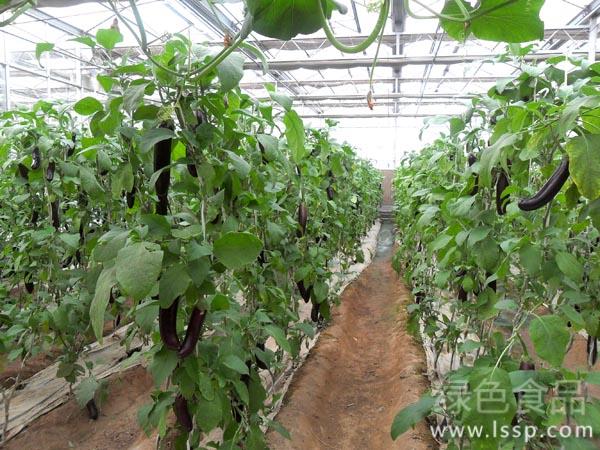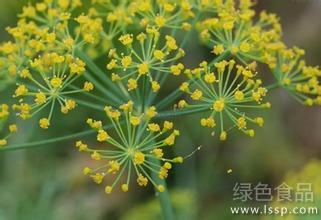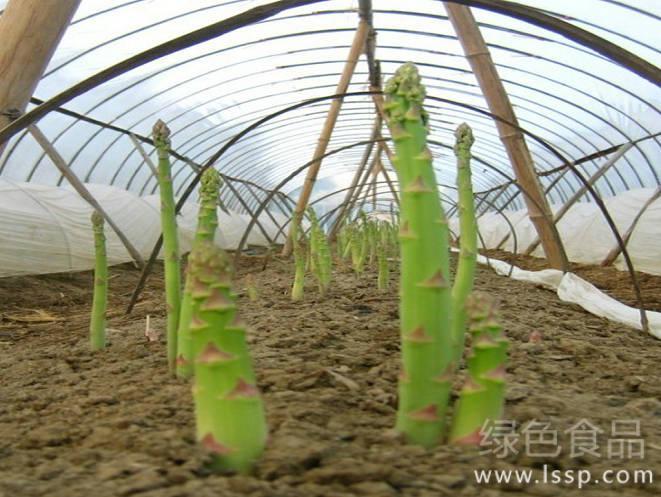Pay attention to eight measures to ensure the production of vegetables in greenhouse in deep winter

Greenhouse vegetables
December of each year and January of the following year are the periods of lower temperature and more foggy and cloudy days in a year. Improper management will seriously reduce the yield of greenhouse vegetables or even lose the harvest, and affect the economic benefits of production. With the arrival of disastrous weather, I would like to put forward the following eight management measures:
First, strengthen the management of uncovering the grass. Uncover the grass as early as possible and cover it late when the temperature permits. The time of uncovering the grass should be that the temperature in the greenhouse should not decrease after opening the grass, and the time of covering the grass should be determined according to the indoor temperature, generally, the grass should be covered when the temperature in the solar greenhouse drops to 15 ℃ ~ 17 ℃, and the solar greenhouse with poor heat preservation should be covered earlier. On sunny days, the grass should be uncovered early and late to prolong the time for vegetables to see light as long as possible; on cloudy and snowy days, the grass can be opened at noon according to the external temperature, so that vegetables can be exposed to scattered light. When it suddenly clears up after continuous overcast and snowy weather, intervals and alternate exposures should be taken to prevent high temperature flashing seedlings.
Second, scientific operation of fertilizer and water. Drip irrigation under plastic film or small water under plastic film are used to avoid lowering the ground temperature. The watering time usually starts at 9 a.m. and ends at 11:00 In the deep winter, the temperature in the solar greenhouse is low, the root absorption capacity of vegetables is weak and the growth and development is slow, so fertilizers should eat less and eat more, so as to prevent heavy water and fertilizer. Foliar topdressing can be carried out properly to alleviate the poor growth and development of vegetables caused by low temperature and low light.
Third, strengthen dampness control and disease prevention. In the deep winter or continuous low temperature, rain and snow weather, the air humidity in the greenhouse is high, which is easy to induce diseases, so it should be ventilated and drained in a short time at noon to control the occurrence of the disease. in order to facilitate uniform application and avoid excessive air humidity in the greenhouse.
Fourth, dip flowers reasonably. Soaked flowers should choose sunny days, when the temperature is low, the concentration of flowers should be appropriately reduced, avoid high concentration, so as not to form deformed fruits.
Fifth, hang the reflective film. Hanging an aluminized mirror reflective film about 1.0m wide on the back wall of the solar greenhouse in winter can increase the illuminance by 9% to 40% and the air temperature by 1 ℃ ~ 3 ℃, which can effectively improve the light and temperature conditions of cultivated crops and help to resist low temperature and low light disasters.
Sixth, properly control the results. Continuous low temperature, rain and snow weather, plant growth and development is weak, it is necessary to harvest fruit as soon as possible and properly thinning flowers and fruits, so as not to increase the burden of plants, make plant growth weaker and reduce stress resistance. After the weather clears up, it will be gradually transferred to normal management.
Pay attention to the prevention of gale, blizzard, cooling and secondary disasters To strengthen the prevention of strong wind, when buckling the film, use a special pressure film thread to fasten and press the greenhouse film to prevent the grass grass (together with the outer film) from being blown up by the strong wind at night; on windy days, the vents and doorways are sealed to prevent the strong wind from blowing into the room and blowing through the greenhouse film to cool down. Strengthen the prevention of heavy snow, prepare spare posts in advance, in case of heavy snow, replenish the pillars in time to prevent the collapse of the greenhouse; light and light snow can clear the snow after the snow, but the heavy snow should be swept along with the snow to prevent the greenhouse from collapsing; remove the snow around the greenhouse in time, and clear ditches to drain water to prevent the harm of melting snow. Temperature-loving fruits and vegetables are produced in winter, when the lowest temperature in the greenhouse is lower than 8 ℃, the greenhouse should be covered with multi-layer heat preservation according to the crop height, and when the lowest temperature in the greenhouse is less than 6 ℃, temporary heating measures are needed to prevent chilling injury or freezing injury.
Eighth, strengthen the heat preservation measures. For greenhouses with poor heat storage capacity, heating equipment should be added to prepare for cooling.
- Prev

Cultivation Technique of Fennel in Greenhouse for Increasing Economic Benefit
Cultivation Technique of Fennel in Greenhouse for Increasing Economic Benefit
- Next

Field management techniques of asparagus in winter to lay a good foundation for high yield
Field management techniques of asparagus in winter to lay a good foundation for high yield
Related
- Fuxing push coffee new agricultural production and marketing class: lack of small-scale processing plants
- Jujube rice field leisure farm deep ploughing Yilan for five years to create a space for organic food and play
- Nongyu Farm-A trial of organic papaya for brave women with advanced technology
- Four points for attention in the prevention and control of diseases and insect pests of edible fungi
- How to add nutrient solution to Edible Fungi
- Is there any good way to control edible fungus mites?
- Open Inoculation Technology of Edible Fungi
- Is there any clever way to use fertilizer for edible fungus in winter?
- What agents are used to kill the pathogens of edible fungi in the mushroom shed?
- Rapid drying of Edible Fungi

